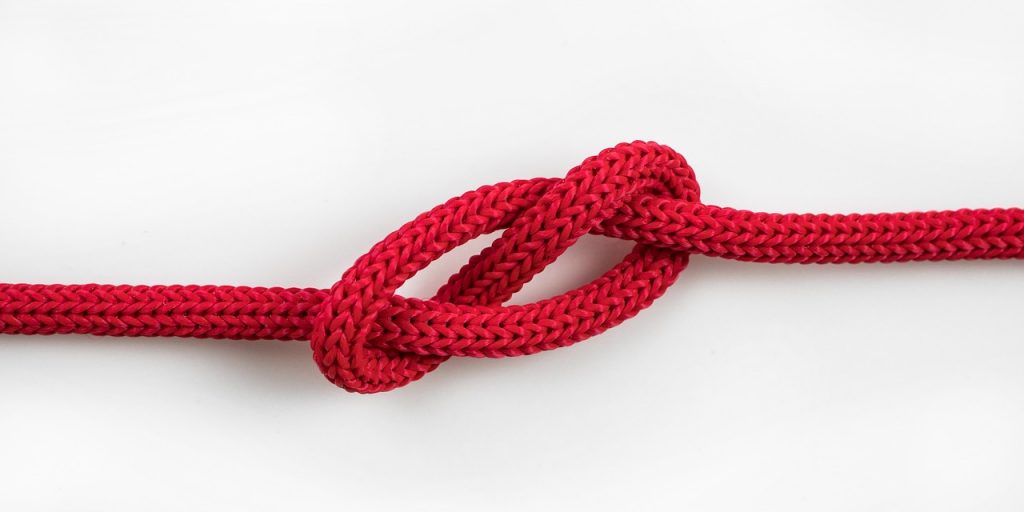
You never know what is going to happen in your appraisal office. There are just too many variables to be able to cover all of them all the time. So, let’s look at the word triage. All it means is “the act of dividing into three.” In medicine, it means the decisions of who gets treated now, who gets treated later, and who’s going to die anyway, so they do not get treated at all. These are the ones who get a red toe-tag. How does triage apply to the appraisal office?
Some “emergencies” in the office are small, so you can handle them more-or-less easily and nobody is all that inconvenienced. But others? Sometimes it’s an “all-hands-on-deck, this-is-not-a-drill!” emergency. So, what to do?
To handle emergencies takes planning and practice. This planning is in breaking your office tasks into four categories: (1) those that are critical; (2) those that are essential; (3) those that are important; and (4) those that are (for lack of a more precise term)”nice.” Let’s get into these.
Critical items are the heartbeat and blood flow of your business. If these stop, your business stops, too, in very short order. Thus, even in emergencies, the critical parts of your business must continue. These are the cash-flow items, the tasks that keep the business alive. There are no red toe-tags here. These items get all of your attention right now. Subordinates can help, but only you can solve this problem. Only you and your skills and training can staunch the blood loss. These get a green toe-tag. An example of this is your office manager quitting and taking one researcher and all of the computer network passwords with her.
Essential items would be critical items if they commanded your immediate attention. Since they do not, you, the physician, train the nurses and orderlies to handle these problems to a standstill until you can get around to them. These items still command your attention, just not right now. You must train your subordinates to step in to solve the problem, at least temporarily. These get a yellow toe-tag. An example of this is that one of your staff appraisers gets “that letter” from the state appraisal board. Eventually you’ll get involved; but the office manager (the one who did not quit and purloin all of the network passwords) can handle it in the interim. In other words, you have trained your office manager to handle this minor emergency until you get back from a four-day skiing weekend.
Important items eventually require your input, but likely not your involvement. These get a blue toe-tag. An example of this would be your researcher gives his two-week notice. The office manager and whoever handles personnel (not you!) handles this because you have trained the office manager who, in turned, has trained the personnel person. You’ll eventually know about this (you are the Boss, after all), but you may not even meet the new hire until his/her first day even though the office manager has run the decision-making process past you (after you got back from skiing).
Finally the red toe-tag; the ones you do not ever get involved with since these problems are going to die no matter what you do (which is likely nothing). An example of this is the copy machine runs out of paper and somebody (not you!) forgot to order more. This is a miniscule task the newest non-appraiser hire should handle. If you are out on the road appraising, you will likely not even know this happened (you’ll hear it via office scuttlebutt).
You’re the honcho. You handle the green toe-tag problems. The remainder you leave to your (well- and cross-trained) subordinates. They know what to do in any emergency situation. After all, you trained them!
For more information on this subject, please download and listen to The Appraiser Coach Podcast Episode
Have any comments or would you like to submit an article of your own? Email comments@appraisalbuzz.com for more information.







